Correct statement about heat and work is that
Heat appears at surface only and work in bulk
Heat appears in bulk and work only at surface
Both heat and work appear in bulk of sysem
Both heat and work appear on surface only
The correct Answer is:D
To determine the correct statement about heat and work, we need to analyze the definitions and characteristics of both concepts in thermodynamics.
1. Understanding Heat and Work:
- Heat is defined as the transfer of thermal energy between systems due to a temperature difference. It can occur at the surface of a system where thermal interactions take place.
- Work, on the other hand, is the transfer of energy that results from a force acting over a distance. It can occur in the bulk of the system, such as when a gas expands against a piston.
2. Analyzing the Options:
- Option A: "Heat appears at a surface only and work in bulk."
- This statement suggests that heat transfer occurs at the surface of a system, while work can occur throughout the bulk of the system.
- Option B: "Heat appears in bulk and work only at surface."
- This statement is incorrect because heat transfer does not occur in bulk; it occurs at the surface.
- Option C: "Both heat and work appear in bulk of system."
- This statement is also incorrect since heat transfer is primarily a surface phenomenon.
- Option D: "Both heat and work appear on surface only."
- This statement is incorrect because work can occur in the bulk of the system.
3. Conclusion:
- Based on the definitions and the analysis of the options, the correct statement is Option A: "Heat appears at a surface only and work in bulk."
Final Answer:
The correct statement about heat and work is: A. Heat appears at a surface only and work in bulk.
- Heat is defined as the transfer of thermal energy between systems due to a temperature difference. It can occur at the surface of a system where thermal interactions take place.
- Work, on the other hand, is the transfer of energy that results from a force acting over a distance. It can occur in the bulk of the system, such as when a gas expands against a piston.
- Option A: "Heat appears at a surface only and work in bulk."
- This statement suggests that heat transfer occurs at the surface of a system, while work can occur throughout the bulk of the system.
- Option B: "Heat appears in bulk and work only at surface."
- This statement is incorrect because heat transfer does not occur in bulk; it occurs at the surface.
- Option C: "Both heat and work appear in bulk of system."
- This statement is also incorrect since heat transfer is primarily a surface phenomenon.
- Option D: "Both heat and work appear on surface only."
- This statement is incorrect because work can occur in the bulk of the system.
- Based on the definitions and the analysis of the options, the correct statement is Option A: "Heat appears at a surface only and work in bulk."
The correct statement about heat and work is: A. Heat appears at a surface only and work in bulk.
Topper's Solved these Questions
- THERMODYNAMICSBOOK - AAKASH INSTITUTE ENGLISHCHAPTER - THERMODYNAMICSEXERCISE - ASSIGNMENT (Section - A) Objective Type Questions
55 Videos
- THERMODYNAMICSBOOK - AAKASH INSTITUTE ENGLISHCHAPTER - THERMODYNAMICSEXERCISE - ASSIGNMENT (Section - B) Objective Type Questions
35 Videos
- THERMODYNAMICSBOOK - AAKASH INSTITUTE ENGLISHCHAPTER - THERMODYNAMICSEXERCISE - SECTION-J
7 Videos
- THE SOLID STATE BOOK - AAKASH INSTITUTE ENGLISHCHAPTER - THE SOLID STATE EXERCISE - Assignment (SECTION - D) (ASSERTION-REASON TYPE QUESTION)
20 Videos
Similar Questions
Knowledge Check

Correct statement about above reaction is:AA =cis-2-chlorocyclohexanol,BA = trans-2-chloro cyclohexanol,CA = trans-2-chlorocyclohexanol,DA = cis-2-chlorocyclohexanol,
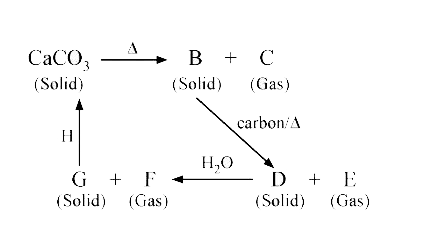
The correct statement about F is
View SolutionCorrect statements (s) about
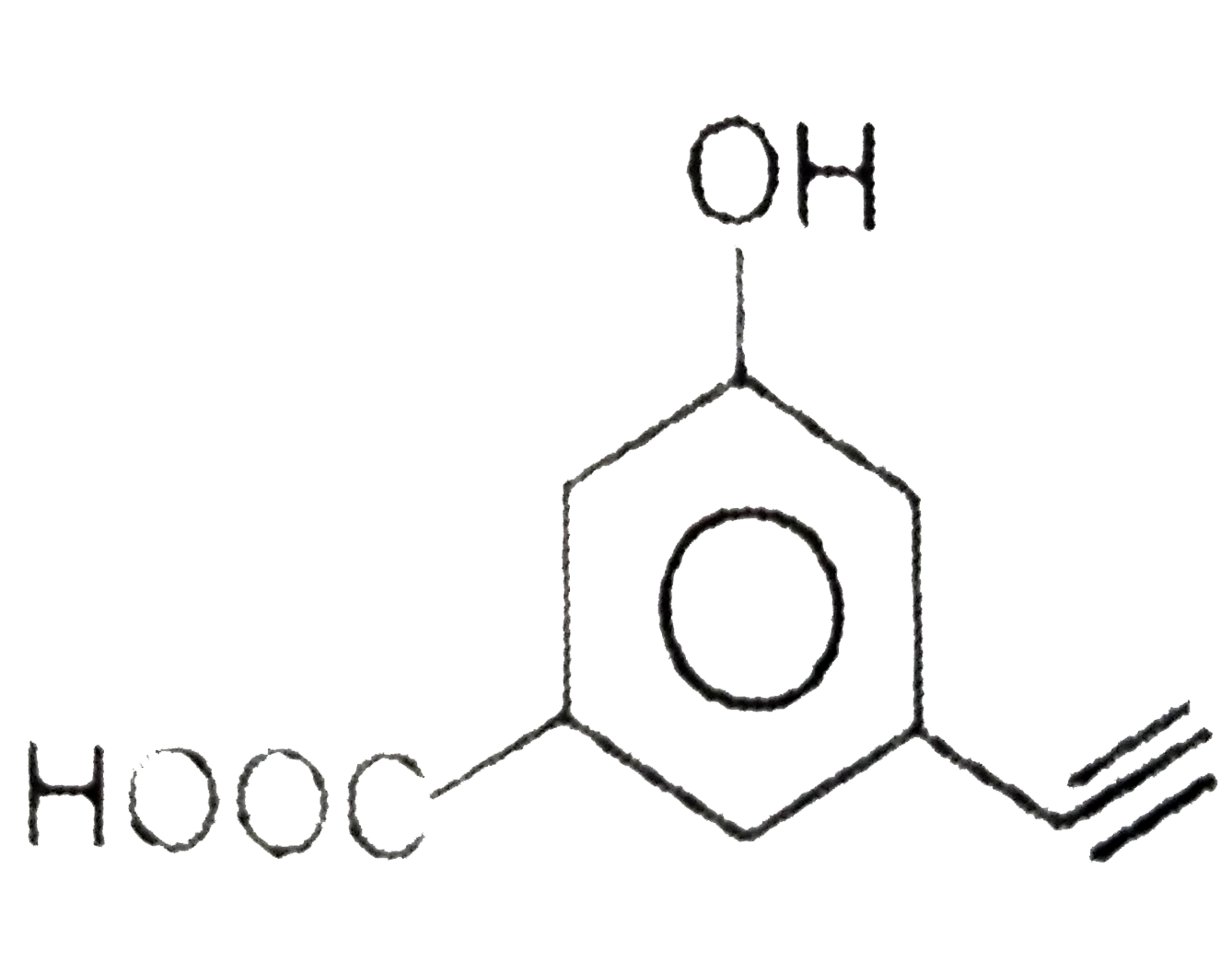 is /are
is /are
View SolutionCorrect statements (s) about
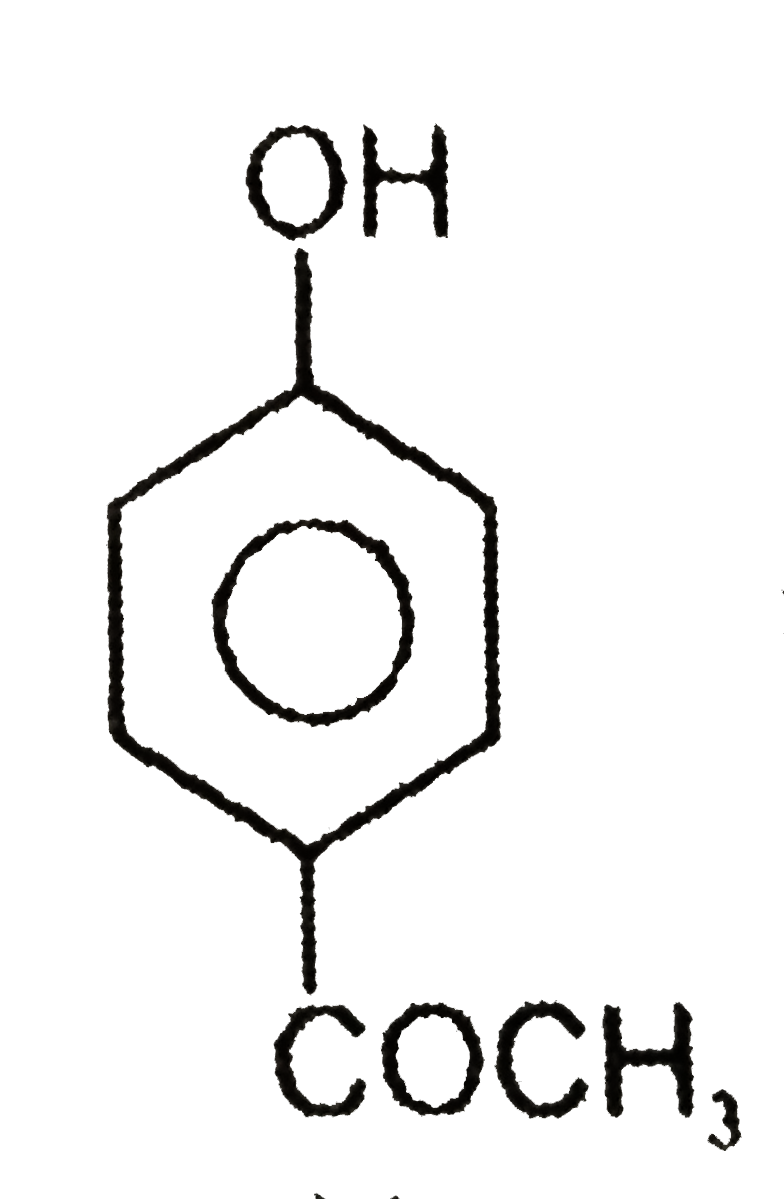 is /are
is /are
View SolutionThe correct statement about stomata is
View SolutionCorrect statement (s) about
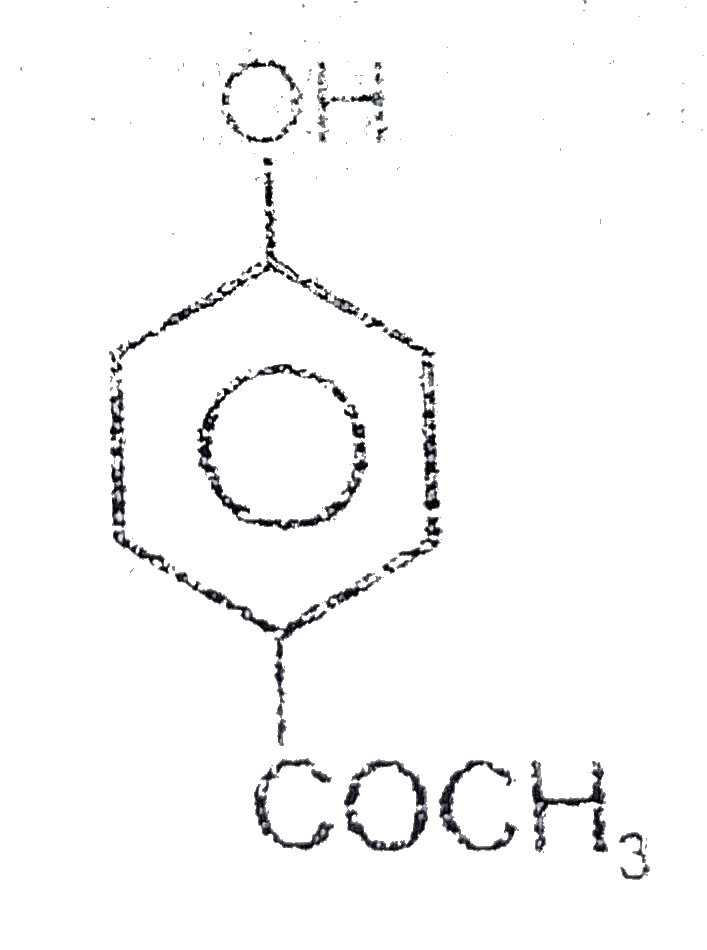 is/are
is/are
View SolutionCorrect statement (s) about
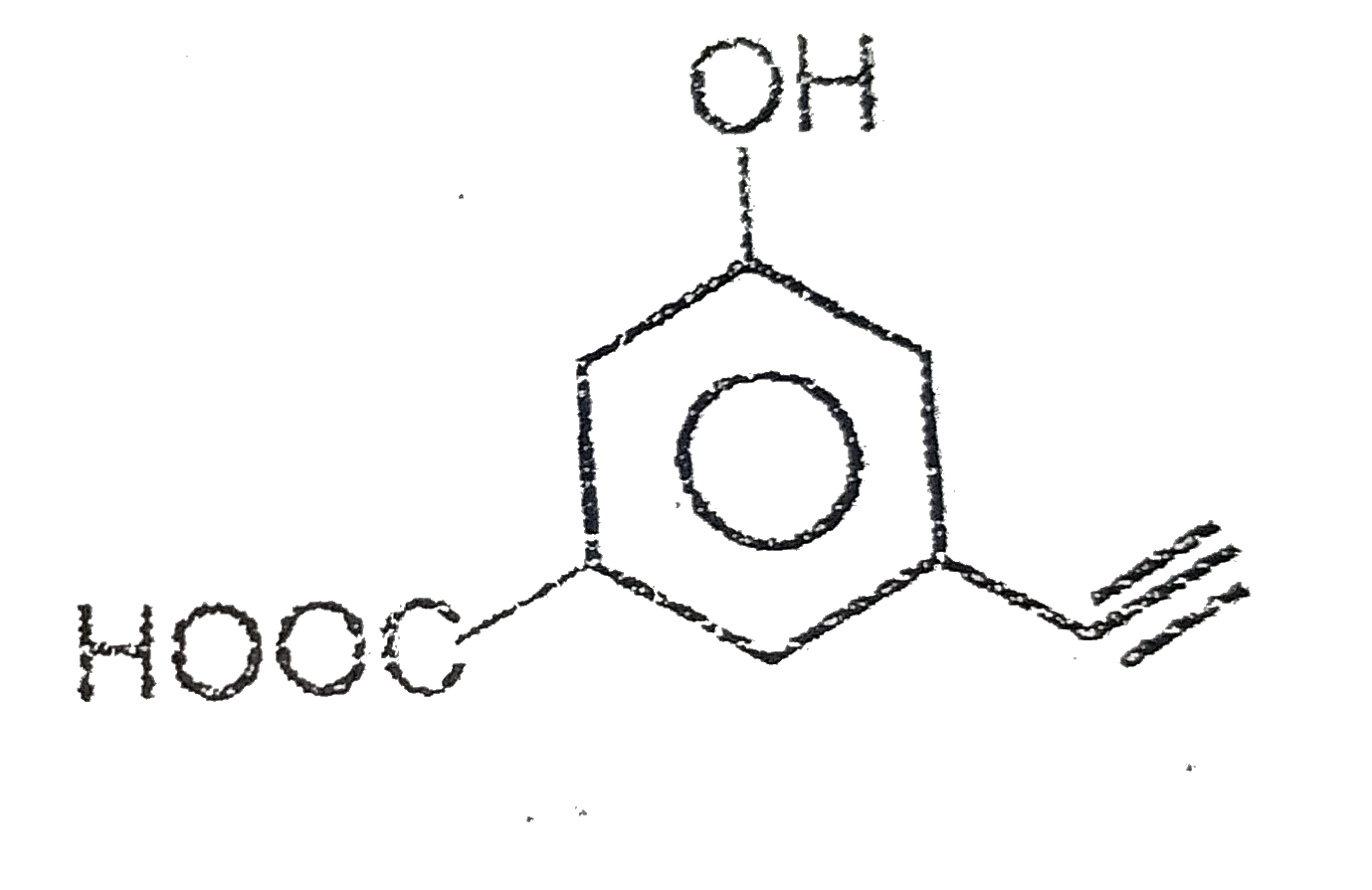 is/are :
is/are :
View SolutionChoose the correct statement about the choke coil
View Solution
